Score: 6/10 (Okay) Pros Extremely light, relatively fast for a mid-range handset, rear-facing camera takes pretty good pictures. | Cons Boring and ugly design, display is fuzzy and soft, outdated version of Android 4.2, TouchWiz feels slow and bogged down, other (and better) options available for same or slightly higher price. | Not every smartphone is made to be a top-tier device. There are handsets out there like the LG G2, Samsung Galaxy Note 3, and HTC One that strive to be the best, but there are also devices like the Samsung Galaxy S4 Mini that try to be good smartphones. Not great, not revolutionary, but good. Why do we need smartphones like this? Because they generally offer a much lower price tag than other competing smartphones, while still offering a relatively good experience. While the Galaxy S4 Mini isn't the worst phone I've ever reviewed, and although it isn't the most expensive, Verizon (carrier we got the S4 Mini from) is currently selling handsets like the LG G2, Moto G, Moto X, and more for the same or lower price. Should you shell out your money for the S4 Mini if you're looking for a simple, mid-range handset? Let's find out in my full review! Design/Build Quality Being a mid-range smartphone, I wasn't expecting the S4 Mini to have that great of a design. That's because it doesn't. Unlike the Galaxy Note 3 and new line of TabPRO and NotePRO tablets which all feature Samsung's fresh and comfortable faux leather backing, the S4 Mini retains the infamous hyperglaze plastic which Samsung has been using for far too long. In regards to other looks of the S4 Mini, just imagine the original Galaxy S4, but with a shrunken down body and a 4.3-inch display. You still have your same physical home button with two capacitive navigational buttons, faux chrome wrapped around the frame of the body, 3.5mm headset jack and IR blaster on top, volume rocker on the left, power/lock button on the right, microUSB charging port on the bottom, and camera and speaker on the back. One aspect of the S4 Mini's construction that really surprised me was just how light it was. Samsung phones are never known to be heavy devices, but weighing in at just 3.77 ounces, the S4 Mini has just about nothing to it. I often forgot that the phone was in my pocket when going about my day. Unfortunately, the Galaxy S4 Mini suffers from the same fate that many of Verizon's other products suffer from: Logos. My God, does the Galaxy S4 Mini have a lot of branding on it. On the front, you'll see a Samsung logo placed just above the screen, while Verizon has decided to slap their own branding right on the physical home button. Going onto the back, you'll see two more Verizon logos placed just below the LED flash, and additional Samsung branding added above the speaker. I understand that OEMs and carriers need to place their name on these products, but I can't help but feel that five logos is just a bit overkill. Hardware With phones being released with 6-inch+ screen sizes nowadays, it's sometimes easy to forget where phone screen sizes were like just a couple of years ago. With its display measuring in at 4.3-inchs diagonally, the Galaxy S4 Mini is absolutely tiny when compared to what else is currently on the market. Personally, I am not a big fan of the smaller screen real-estate found on the S4 Mini. While it is nice to be able to easily access all four corners of the display without having to stretch my hand much at all, I found that I had a not-so-pleasant time typing text messages, watching video, or playing games. Part of this is also due to the S4 Mini's screen resolution. With a 960 x 540 qHD display and just 256ppi, the S4 Mini's screen just doesn't look that great. While the Super AMOLED technology helps with being able to produce high color saturation and deep blacks, I still found that text was soft and fuzzy, app icons were pixelated, and videos looked underwhelming. I do realize that since this is a budget handset it isn't going to have the best specs, but there are other phones out there for about the same money that offer much better displays all around. As for processing speeds, the Galaxy S4 Mini is powered by a 1.7GHz dual-core Snapdragon 400 CPU and 1.5GB of RAM. In normal day-to-day use, the S4 Mini performs fairly well. Although lag is noticeable when swiping through home screens and opening applications is usually met with some form of delay, normal usage usually runs pretty good. Even games like Beach Buggy Blitz ran surprisingly smooth on the handset. In regards to its optics, Samsung has thrown an 8MP rear-facing camera with LED flash and a 1.9MP front-facing camera on the Galaxy S4 Mini. Despite being a mid-range handset, pictures taken with the S4 Mini turned out pretty good. Colors were accurate, details were fairly sharp, and the S4 Mini still has a good handful of picture-taking software. You won't get the image quality or features found in the original S4, but Samsung definitely could have done worse with the cameras on this phone. The Galaxy S4 Mini that I reviewed is the Verizon Wireless variant. Call quality on the phone was okay. Folks I talked to were loud, but I've definitely heard better audio quality on other competing handsets. Data speeds were just as consistent as we usually see on Verizon as well.
To last you through using the phone, the Galaxy S4 Mini is packing in a 1,900 mAh removable battery. For the type of phone this is, battery life was pretty good. With moderate to heavy usage throughout the day, I never had any issues getting through an entire full day with the phone.
Software The Samsung Galaxy S 4 Mini is running Android version 4.2.2 Jelly Bean out of the box with Samsung's TouchWiz layered over it. With 4.4.2 KitKat now the latest and greatest version of Android currently available, 4.2.2 Jelly Bean is feeling mighty old at this point in time. There is an update to Android 4.3 that is just starting to hit handsets via OTA updates, but my review unit never did receive said update. Android versions aside, Samsung's TouchWiz does just as fine a job as ever make Android feel childish and like a toy. If you recall our review of the original Galaxy S4, you'd remember that I really liked TouchWiz on that handset. The features of MultiWindow, Air Command, Smart Scroll and more really did enhance the overall experience for me. However, on the Galaxy S4 Mini, none of those goodies are found anywhere on the device. Final Verdict
Even though it's being marketed towards first time smartphone owners and anyone really looking for a relatively cheap smartphone option, it feels like Samsung made a few too many cuts with the Galaxy S4 Mini. It may be light, run fairly smooth, and take decent photos, but those are just about all of the redeeming factors I can conjure up when I think about the S4 Mini. The S4 Mini has an ugly design, bad display, an outdated version of Android, and a price tag that is far too high for what it brings to the table. Verizon Wireless is currently selling the Samsung Galaxy S4 Mini for $49.99 with a new two year contract. While that may not sound like a lot, consider this: You can currently pick up the Moto X, LG G2, and DROID MINI, for the exact same price with a new two year contact with Verizon. The Samsung Galaxy S4 Mini isn't the worst phone out there, but it just can't meet or beat the competition it has going against it. If you're new to the smartphone world, and just want something that's small, easy to use, and covers all of your basic smartphone wants and needs, the S4 Mini should serve you just fine. Just keep in mind that there are better choices out there for the same cost, and even more awesome gadgets out there for just a little bit more money.
Score: 7/10 (Good) Pros Comfortable in the hand, loud speakers, 720p HD screen looks really good, fast and fluid, good call quality, excellent battery life, BB10.2 is a good improvement over BB10. | Cons Boring design, lackluster gaming performance, mediocre camera, only available on Verizon, BlackBerry World is in desperate need for good content. | BlackBerry isn't in that great of a situation right now. Their numbers continue to drop, they have virtually no market share when it comes to consumer products, and they haven't had the groundbreaking flagship smartphone that they desperately need right now. Their latest smartphone, the BlackBerry Z30, is the newest flagship device the company has kicked out. While it's not a bad phone by any means, it's not the type of phone BlackBerry needs. It's a good phone, but good isn't what the company needs to stay afloat in the consumer market. Let's dive deeper into the Z30, and see why this handset could be one of the last consumer smartphones we see from BlackBerry. Design/Build Quality From a design standpoint, the BlackBerry Z30 isn't all that attractive. The Z30 is mostly just a black slab with slight grey accents that don't do too much for the overall look of the phone. On the front of the device is its large 5-inch display with a solid silver bar resting below it. Going to the top of the screen you can find the phone's earpiece speaker and 2MP front-facing camera. On the right-hand side of the device you will find the volume rocker with the physical button to launch the voice assistant in the middle of that. Below the rocker you will find two noise-canceling microphone pinholes. On the left side of the handset you will see the phone's microUSB and microHDMI ports. Located on the top edge is the 3.5mm headset jack and power/lock button. On the bottom edge is just a small fingernail cutout to remove the back plate of the phone. Moving on to the backside you will see the 8MP rear-facing camera with LED flash, along with the Z30's dual-speakers. Although the Z30 may not be a pretty phone, it has some of the loudest speakers I've heard in recent memory on a smartphone. Audio is astonishingly loud and delivers surprisingly good base levels to produce a truly great experience when listening to music and podcasts. Another nice aspect of the Z30's construction is the material used on the backside. The back of the Z30 is made out of a soft-touch rubbery grip that feels oh-so-good in the hand. The Z30's design may not win any awards for looks, but it does do a pretty good job when it comes to functionality. Hardware The Z30 boasts a large 5-inch display, and that's the largest screen we've ever seen on a BlackBerry handset. That screen has a pixel resolution of 1280 x 720 and brings along 295ppi. Although the display quality doesn't come near the 1080p FHD displays out there with 400+ppi, the Z30's display still looks quite nice. The Z30 uses a Super AMOLED panel, and this brings high color contrast, deep blacks, great viewing angles, and solid outdoor visibility. Unfortunately, the Z30's screen doesn't get that bright. Even with the brightness turned all the way up, I still sometimes found myself wanting the screen just a bit brighter. To power you through everything you do on the Z30, BlackBerry packed in a 1.7GHz dual-core Qualcomm Snapdragon S4 Pro chipset and 2GB of RAM. Most operations on the Z30 run quite well. Navigating through your home screen, browsing the Web, streaming video, and using applications always felt fast and responsive. However, when playing Jetpack Joyride I did notice some occasional stutter. It wasn't anything game-breaking, but it was a bit disappointing to see a flagship smartphone struggle with a game as light as Jetpack Joyride. The BlackBerry Z30 features an 8MP camera on the back with LED flash, and a 2MP front-facing shooter. Although the cameras on the Z30 may not be the worst I've ever seen on the smartphone, they're certainly are a far cry from the best. Photos taken with the rear camera look okay, but details always appeared softer than I would have liked. Photos taken in low-light situations are also met with far too much digital noise. The front-facing camera isn't much better, but does get the job done for quick selfies and video chatting. The BlackBerry Z30 is an exclusive to Verizon Wireless in the United States. If BlackBerry wants to make any attempt to get their numbers up, having their flagship handset exclusive to one carrier isn't going to help them at all. With that said, the Z30 does offer really great call quality. With Verizon's network, I never had any issue with always getting a strong connection, and the 4G LTE data speeds are always fantastic. People I talked to sounded crisp and loud, and I was told that I sounded great on their end of the calls as well. Another great aspect of the Z30's hardware is its battery. Housed inside the BlackBerry Z30 is a non-removable 2,880 mAh battery. Although the fact that it is not removable may turn some of you away, it shouldn't, as the battery in the Z30 is a great performer. On my first day of full use with the Z30, which included heavy texting, moderate Web browsing, moderate application usage, light game playing, and light picture taking, I still had 45% remaining at 11:00 PM after having first turned the phone on at 7:00 AM. I never had any issue getting through an entire full day of use with the Z30, and could probably get through two full days if I used it correctly. Software The Z30 ships with BlackBerry's latest version of its mobile operating system, BlackBerry 10.2 BB10.2 still operates much like the original BB10 did, but brings a very cool new feature to it. That feature is Priority Hub. When swiping over to your BlackBerry Hub in 10.2, you will notice a new category named "Priority Hub". Priority Hub is essentially a curated Hub of all of your truly important contacts, messaging conversations, ongoing emails, etc. The BB10.2 OS will look for conversations and interactions you have the most of in Facebook, Twitter, emails, and messaging, and automatically add them to your Priority Hub. You can also manually add items to your Priority Hub. Simply go to the information you want to add, hold down on it, tap the up arrow, and that is now in your Priority Hub. It's not that big of a feature, but it does make finding the stuff you truly care about a heck of a lot easier. All of the features you came to love in BB10 are also still present in BB10.2. The Peek gesture still lets you view your BlackBerry Hub inbox no matter what application you are in, and the fantastic multi-tasking we saw introduced in BB10 is still here and still awesome. BB10.2 is heavily gesture driven, and while this may not be a good thing for everyone, I find it very useful and practical. All of the gestures in BB10.2 work surprisingly well, and are always fast and smooth. Another great area of the BB10.2 software is with its keyboard. Despite not having an iconic physical QWERTY keyboard that past BlackBerry handsets have been famous for having, the virtual QWERTY on the Z30 is outstanding. Typing on the Z30's on-screen keyboard is fast, accurate, and an overall enjoyable experience. As you use the Z30, the keyboard will learn phrases you commonly use, and will try to predict what you want to say next by adding completed words over the keyboard. To add those words to the message you are typing, simply swipe up on that word, and it is automatically added. While the core of BB10.2 is great, there is one area of it that is desperately lacking: Content. BB10.2 uses the BlackBerry World for its application and content store, but it is easily one of the least appealing I have used on a mobile device. Sure, you've got your big names on there like Facebook, Twitter, LinkedIn, and Evernote, but that's about it. You won't find Netflix, Instagram, Vine, Trello, YouTube, IMDb, Google+, or Spotify anywhere in the BlackBerry World. The list of lacking content goes on and on, but you at least now have an idea for just how sparse it is of even big name apps like I just listed. If you are coming to BB10.2 from Android, iOS, or even Windows Phone at this point in time, you will be greatly disappointed with the lack of available apps in the BlackBerry World. Final Verdict As you can see, the BlackBerry Z30 is a mixed bag of results. It has a good display, is relatively fast, has great call quality, an incredible battery, and great gesture-based software. Unfortunately, is also suffers from a boring design, lackluster gaming performance, mediocre cameras, and a desperately lacking app store. The Z30 is not a bad phone, but as I stated in the introduction to this review, it's not the flagship device that BlackBerry needs. The Z30 is currently selling for $199.99 on Verizon Wireless with a new two-year contract, and that just feels like way too much for what the Z30 brings to the table. When you can currently get the Moto X, LG G2, and HTC One on Verizon for cheaper than the Z30, it becomes apparent why this phone isn't selling like BlackBerry needs it to. If they could have gotten the price down to $99.99 with a two-year contract, then BlackBerry might have been able to get more of these out into consumers' hands. Unfortunately, that has not been the case for this phone. If you're a hardcore BlackBerry fan, and want to have the latest and greatest from the company, then the Z30 might just be for you. It's easily BlackBerry's best smartphone to date, but it's years too late.
|
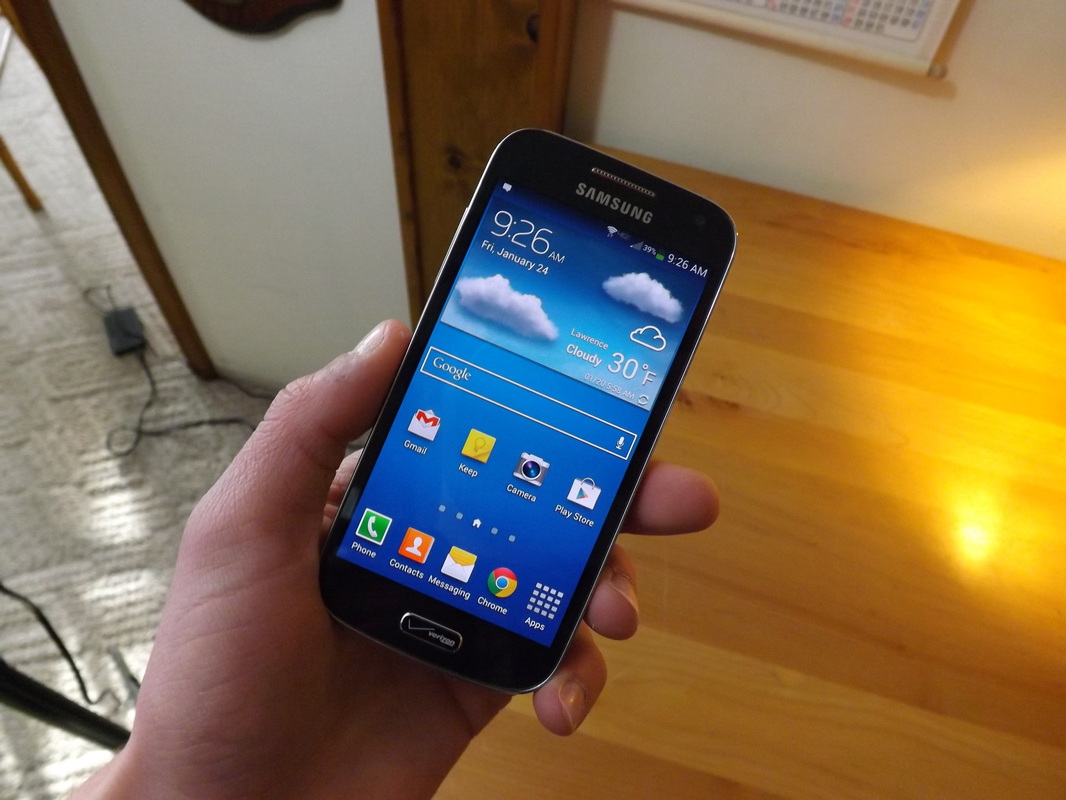
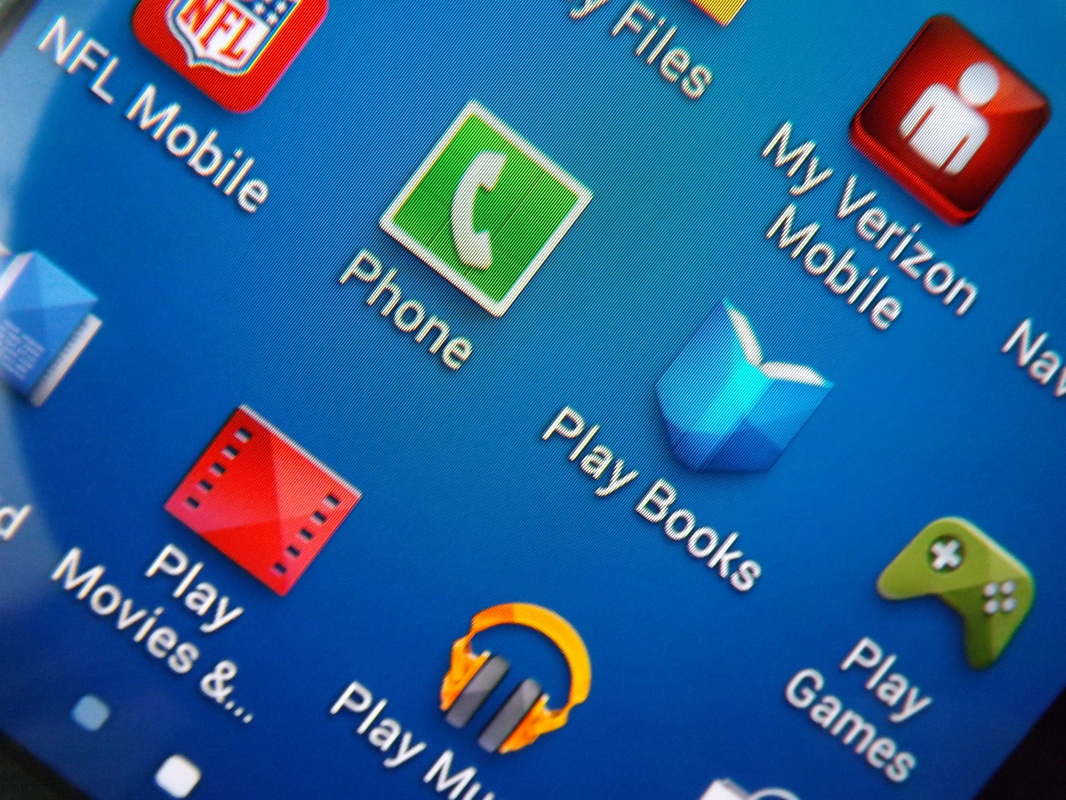
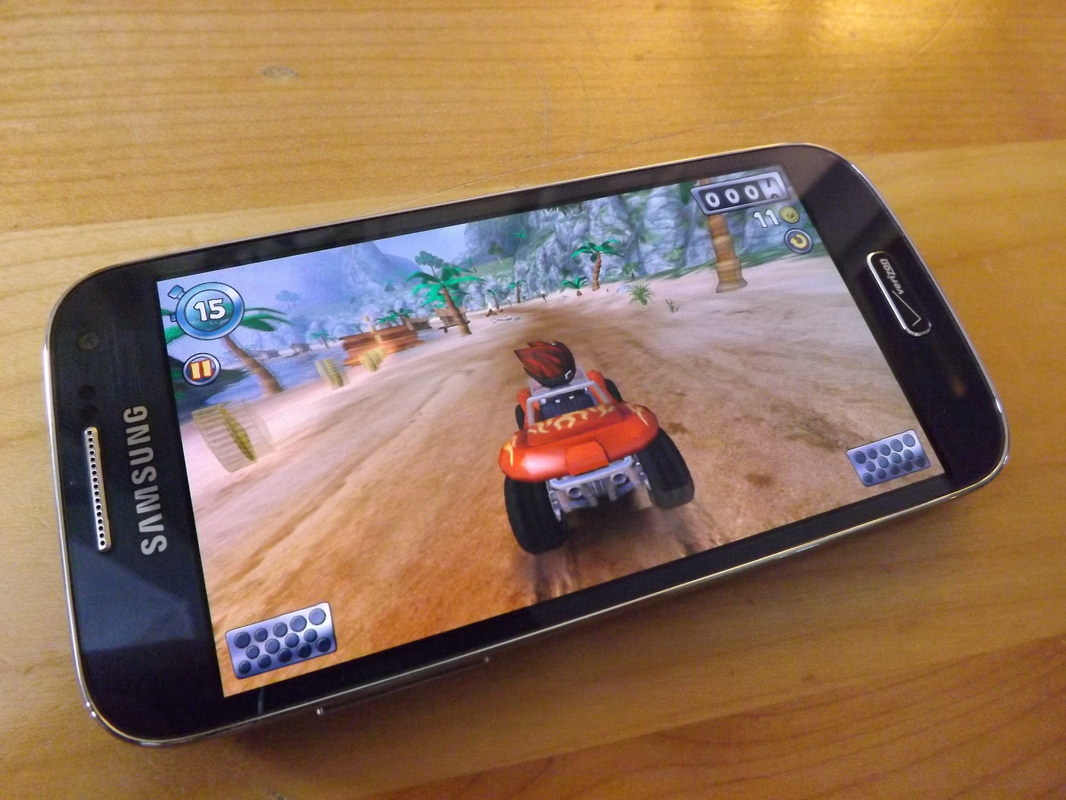
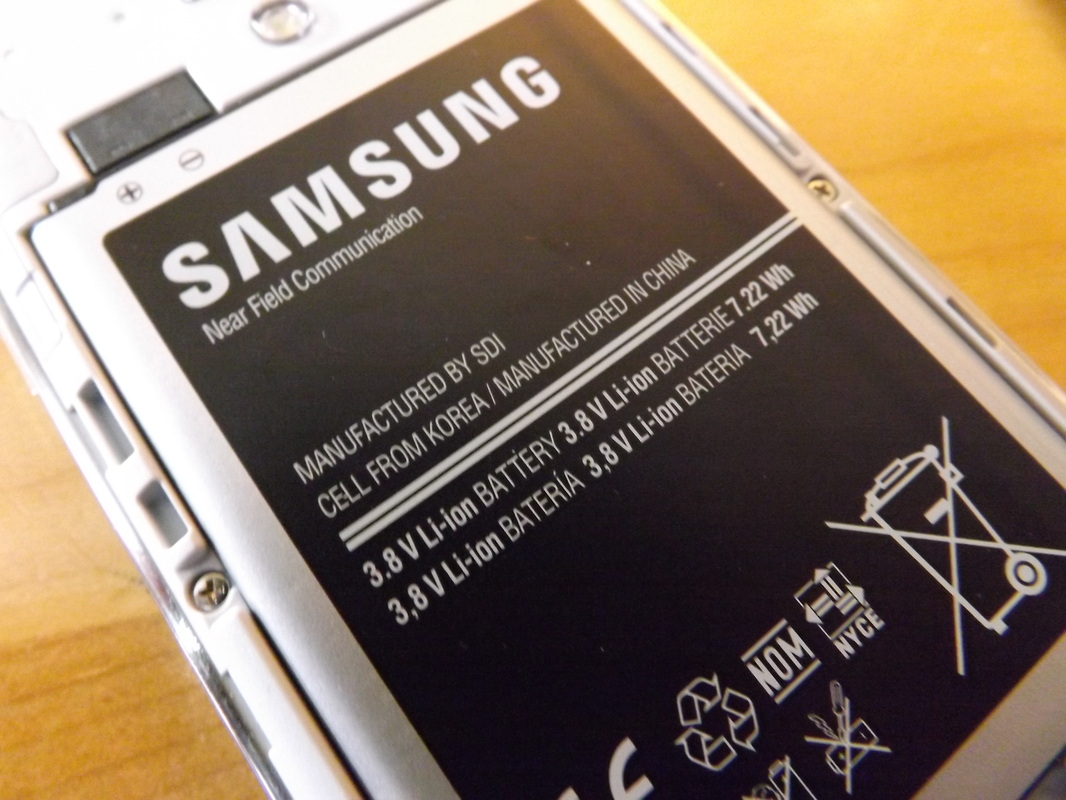
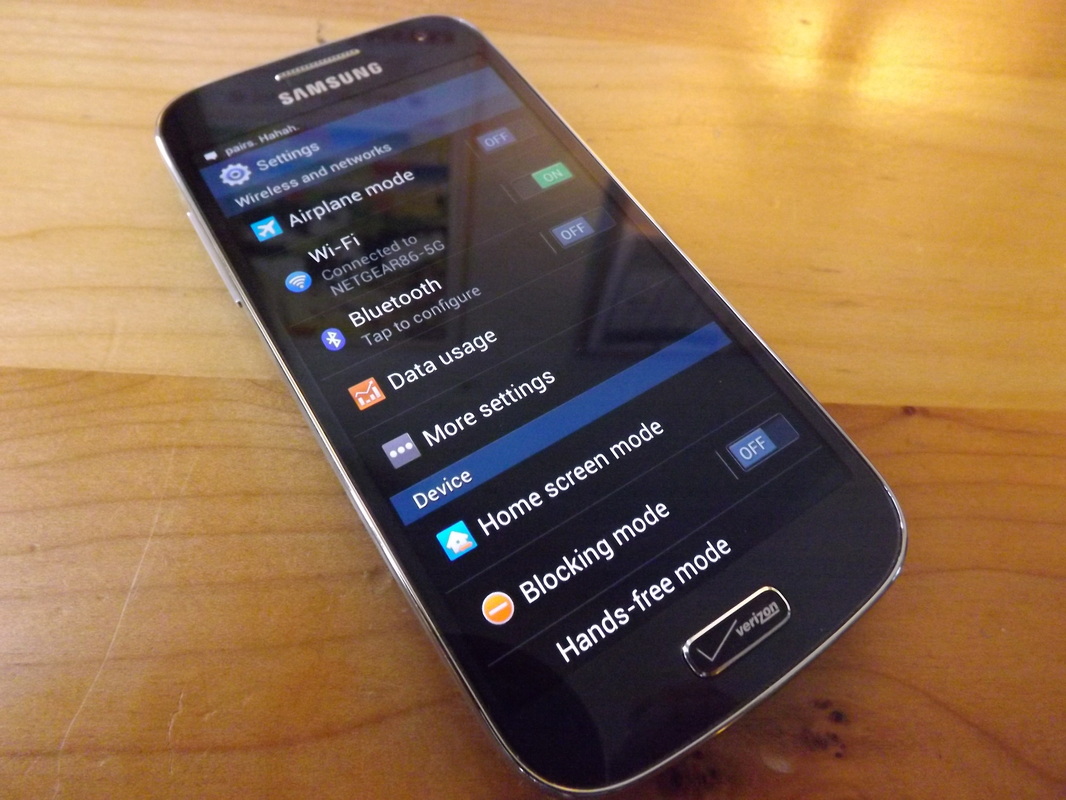
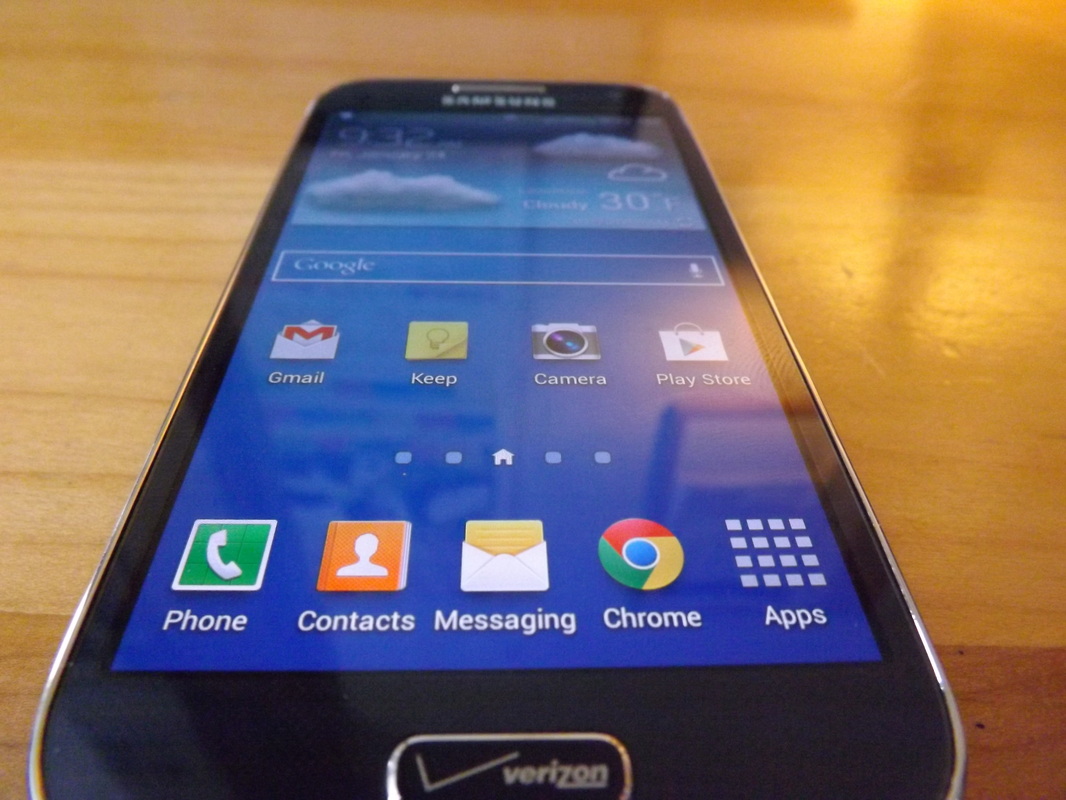
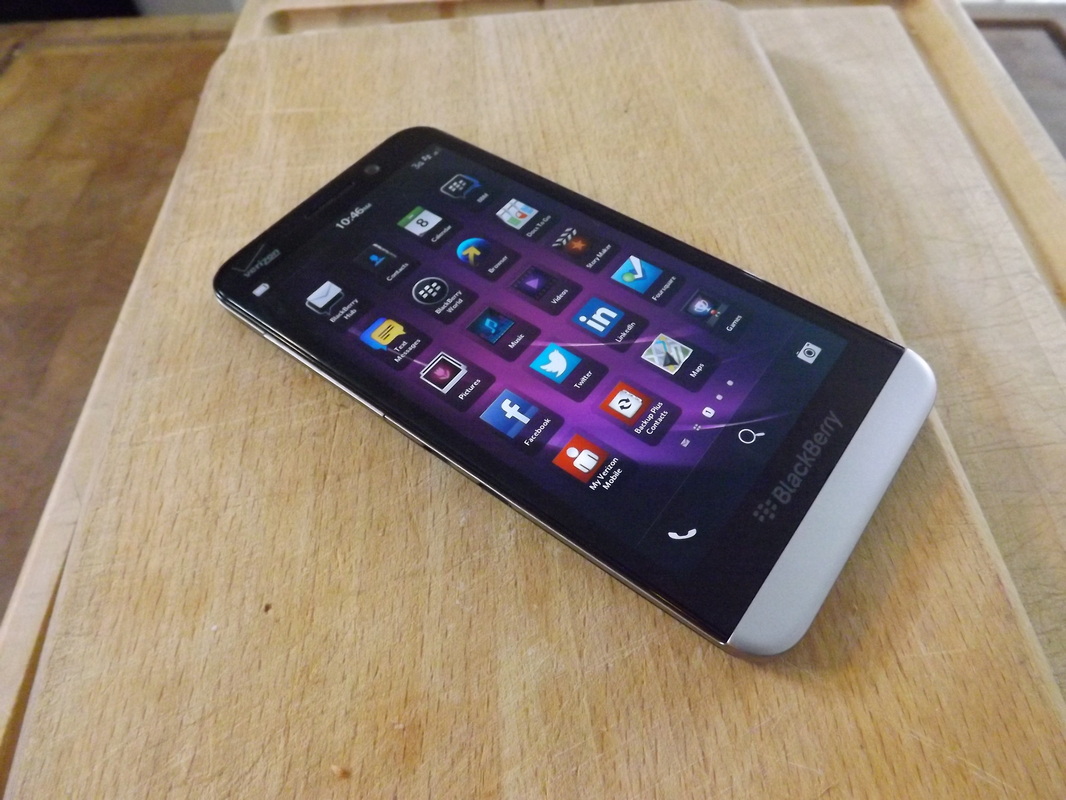
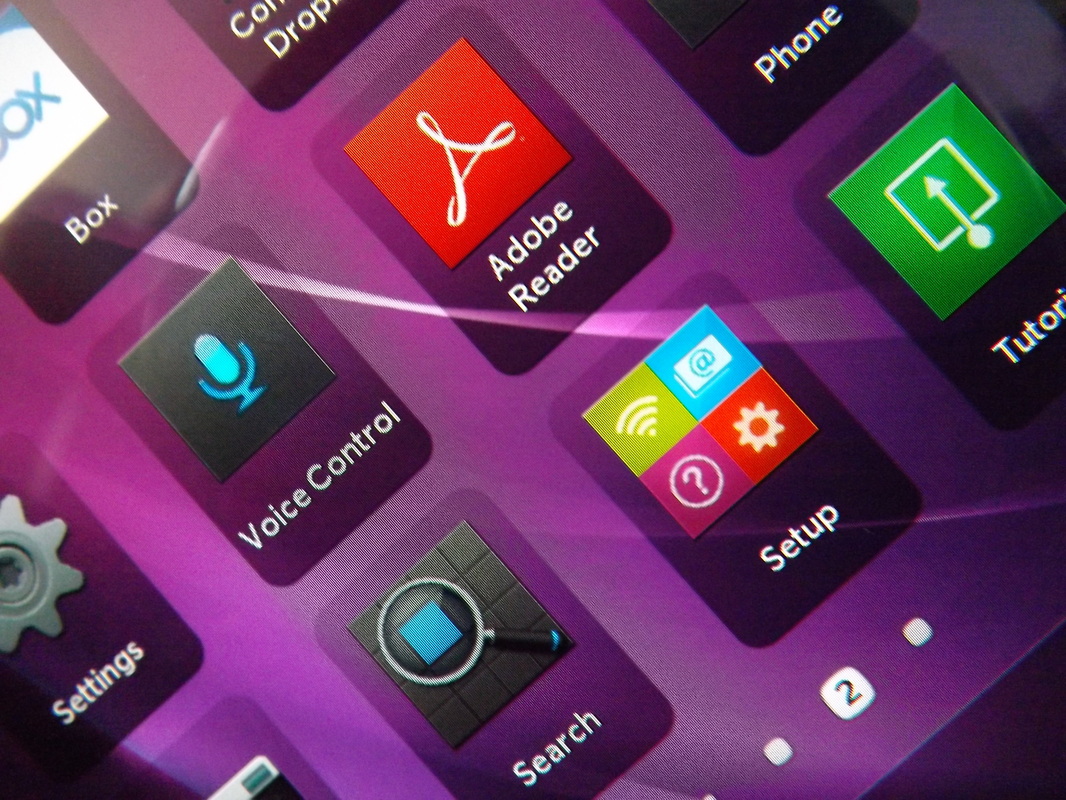
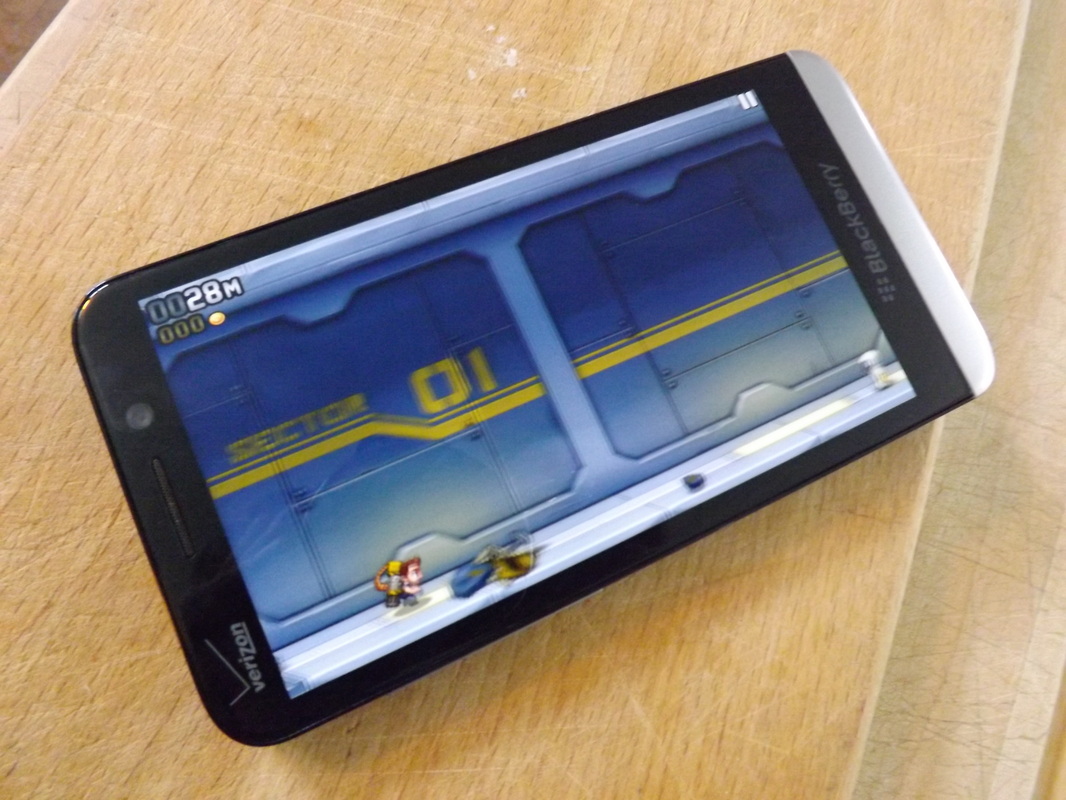
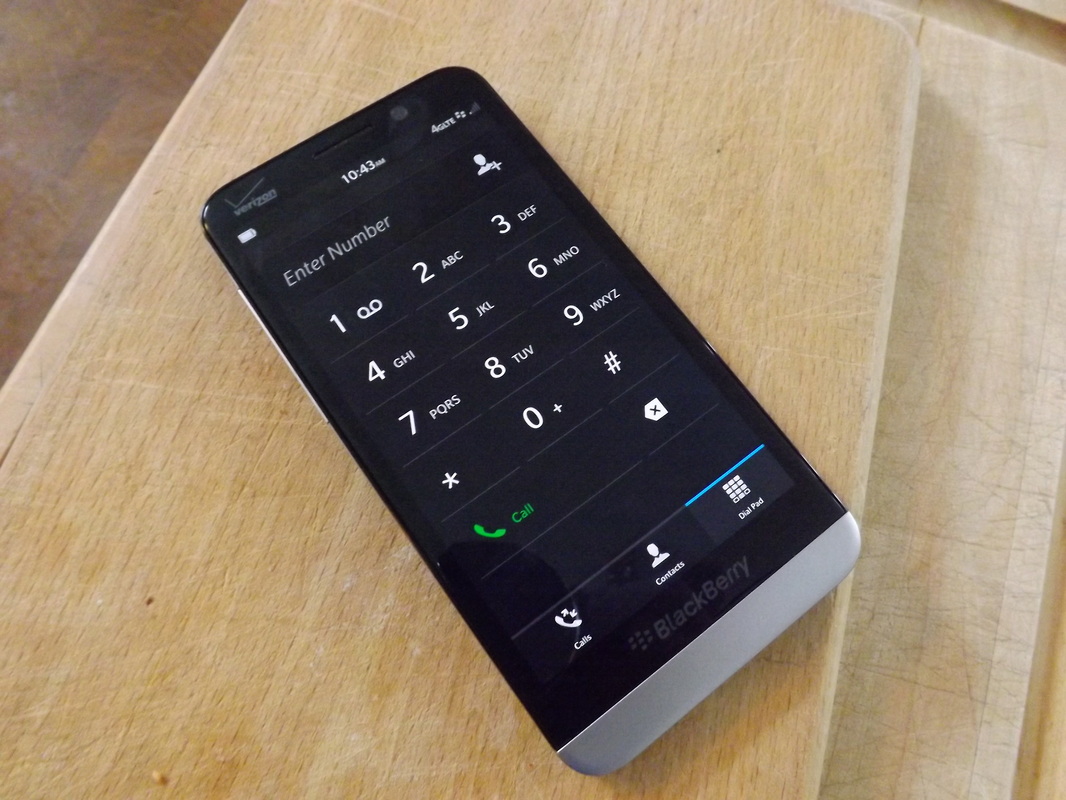
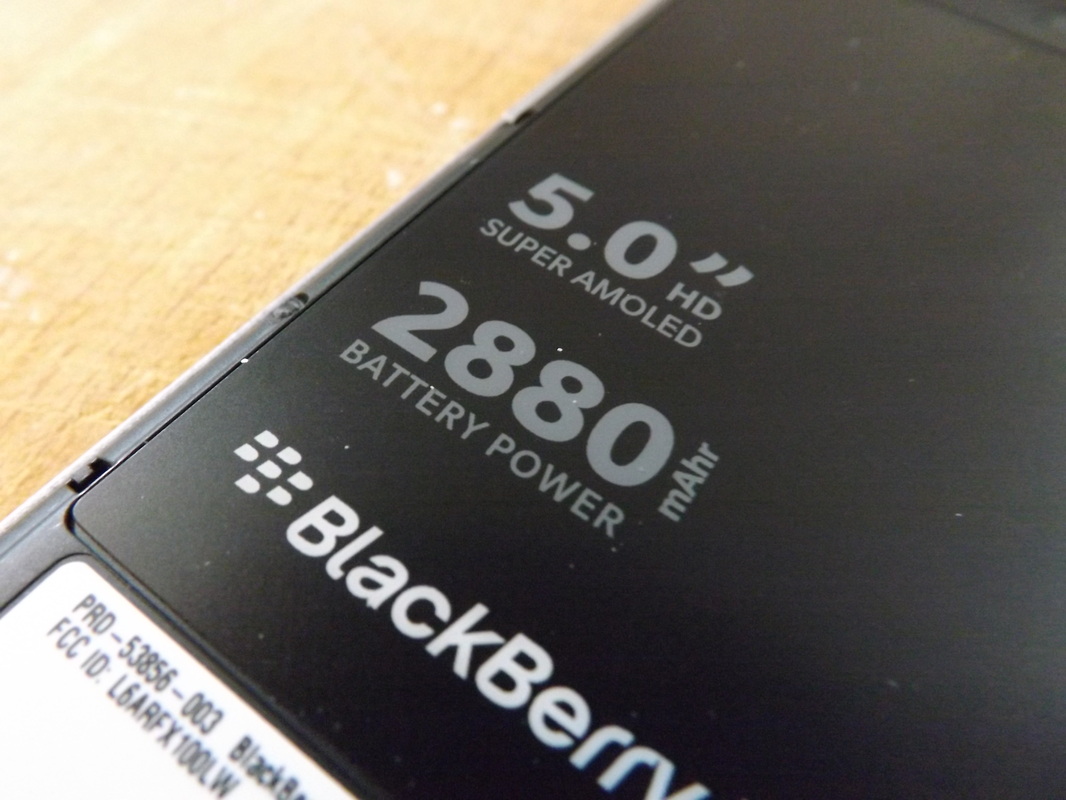
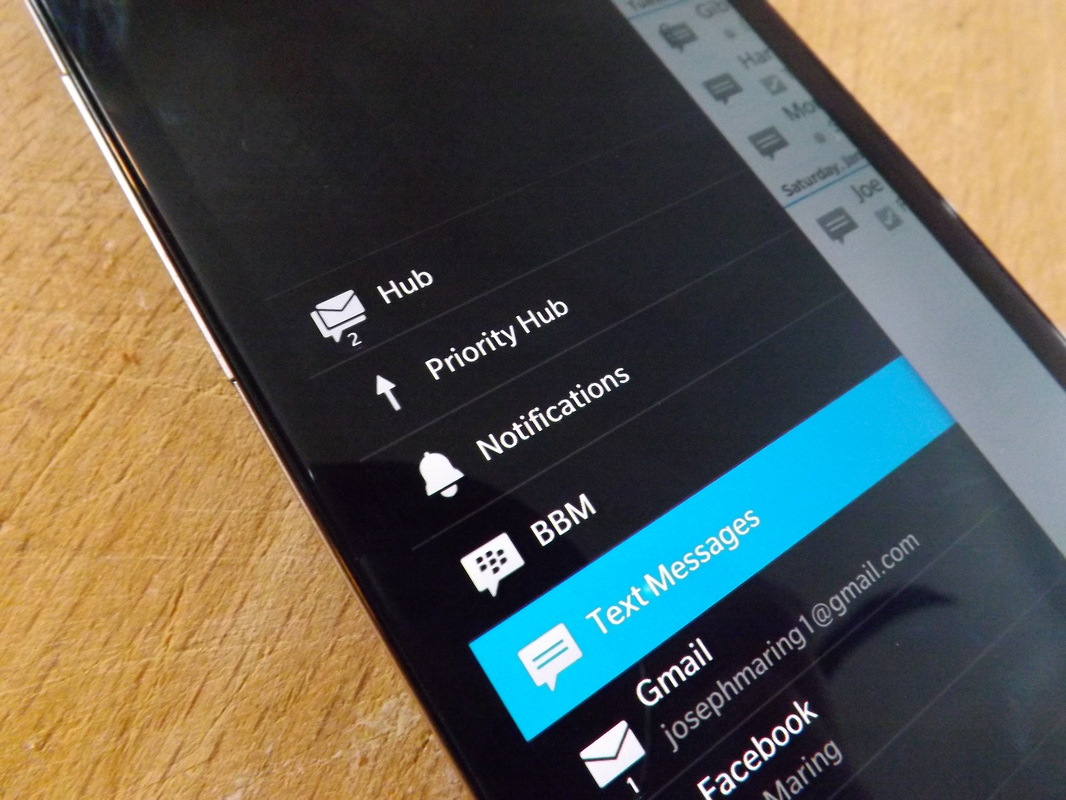
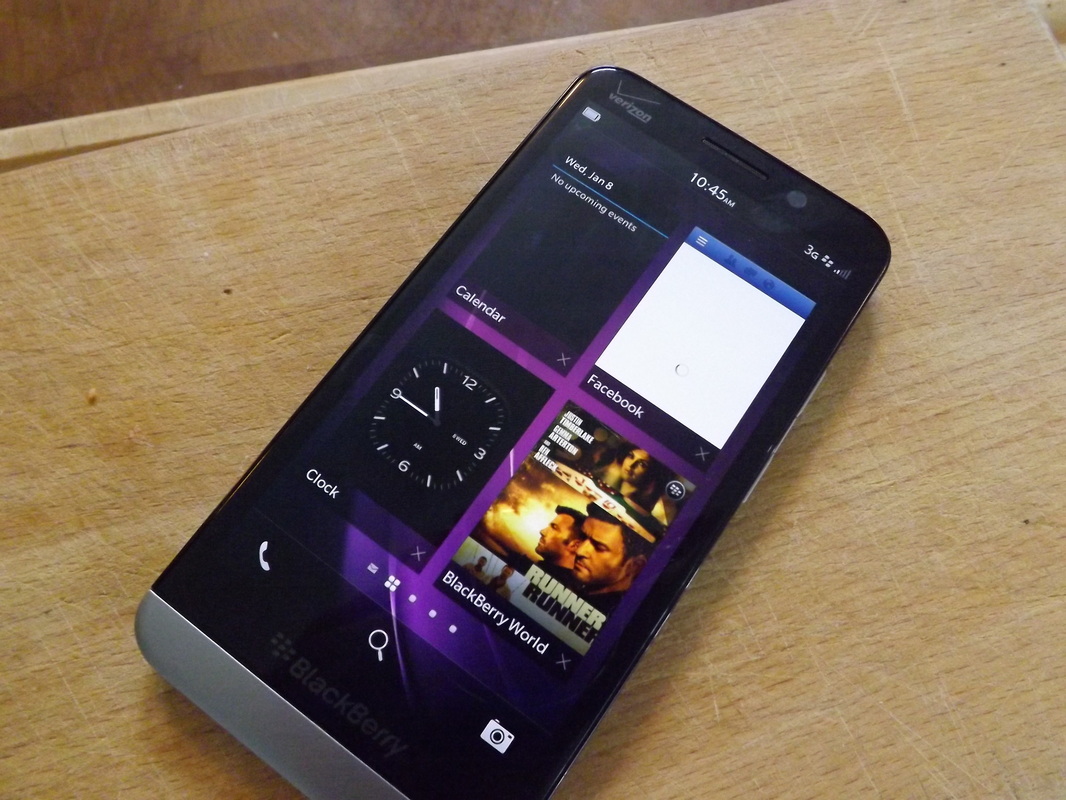
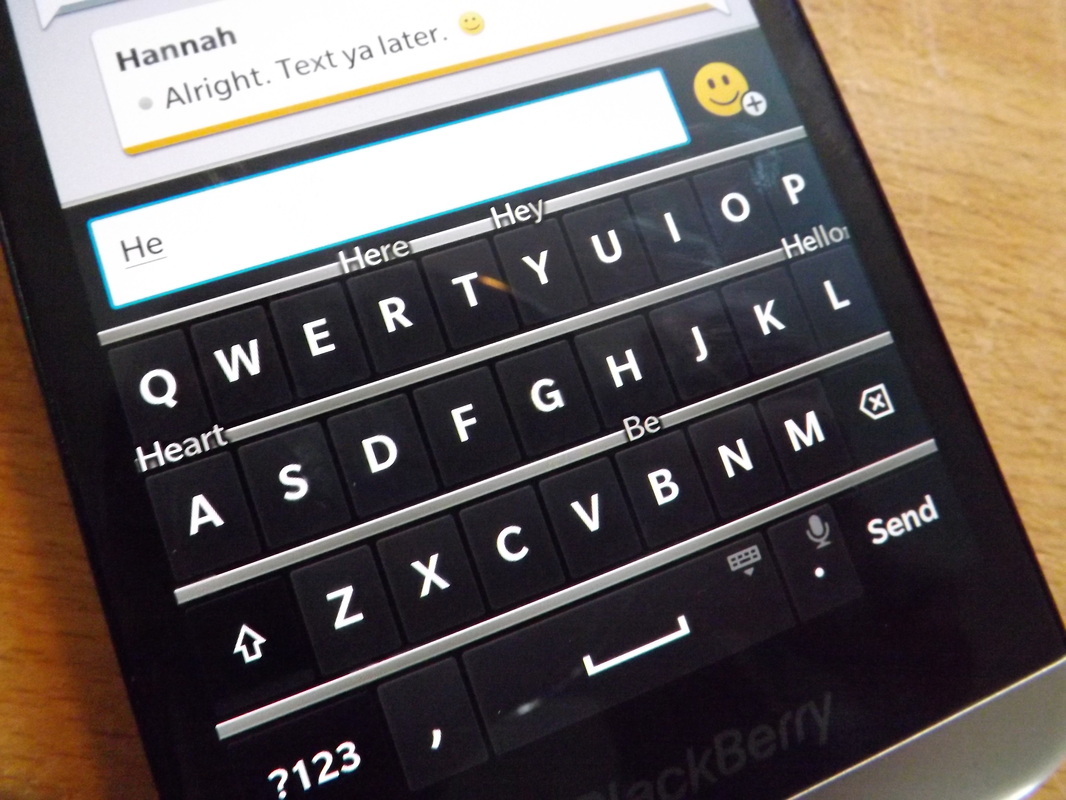

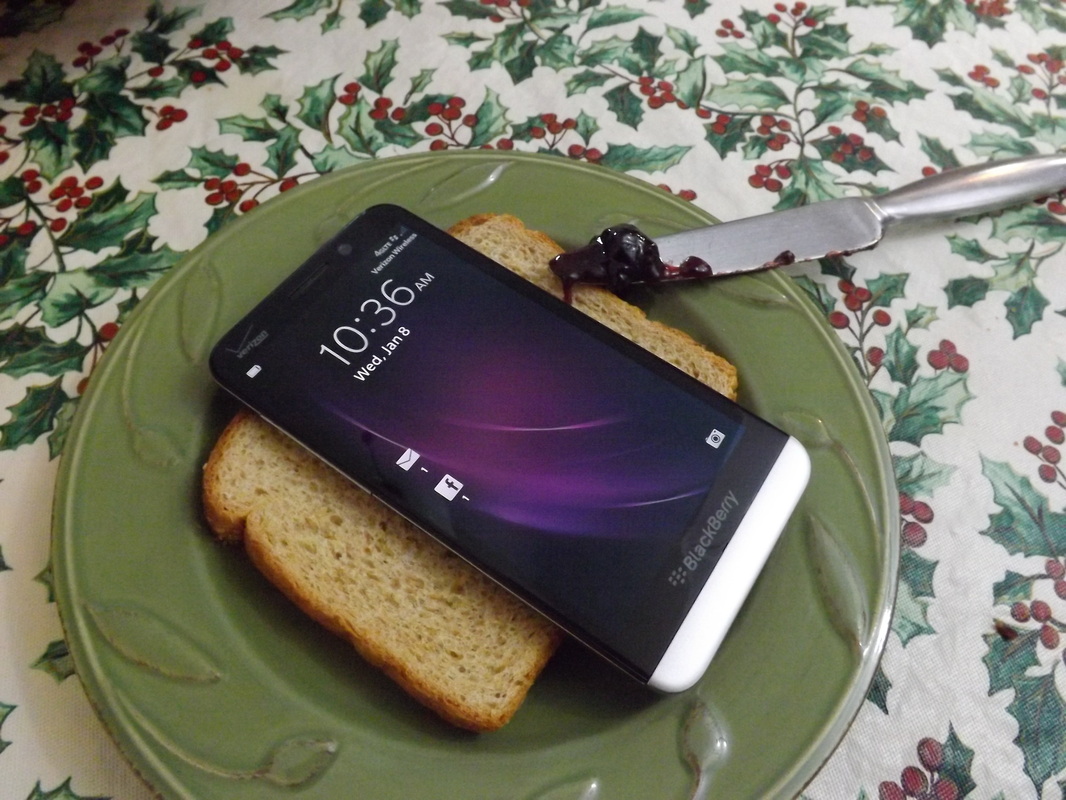
 RSS Feed
RSS Feed